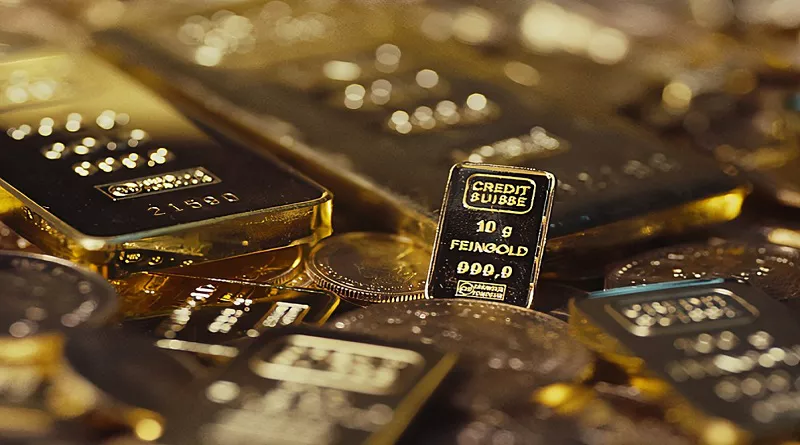Gold futures trading is a popular way for investors to gain exposure to the price of gold without owning physical gold. One critical aspect of trading gold futures is margin, which plays a pivotal role in determining the leverage and risk associated with these contracts. In this article, we will explore the role of margin in gold futures trading, its significance, and address frequently asked questions to provide a comprehensive understanding of this vital component of futures trading.
I. Understanding Margin in Gold Futures Trading
Margin in the context of gold futures trading is a deposit or collateral that traders must maintain in their accounts to cover potential losses. It is a fraction of the contract’s total value and serves as a financial cushion for both the trader and the futures exchange. Margin plays several crucial roles:
1. Risk Mitigation: Margin serves as a risk mitigation tool. By requiring traders to have a portion of the contract value on deposit, it ensures that they have the financial resources to cover potential losses, reducing the risk of default.
2. Leverage: Margin provides leverage, allowing traders to control a more substantial position with a relatively small amount of capital. This amplifies both potential profits and losses, making gold futures a highly leveraged product.
3. Margin Calls: Margin levels are monitored by the brokerage and the futures exchange. If a trader’s account balance falls below the required margin level due to adverse price movements, they may receive a margin call. A margin call requires the trader to deposit additional funds to meet the margin requirements.
4. Position Management: Margin requirements can influence trading decisions and position management. Traders may need to adjust their positions or allocate additional capital to meet margin requirements, especially during periods of high volatility.
II. Significance of Margin in Gold Futures Trading
The significance of margin in gold futures trading cannot be overstated. It directly impacts the leverage, risk, and capital requirements associated with trading these contracts. Here are some key points to consider:
1. Leverage: Margin allows traders to leverage their capital, potentially magnifying returns. However, it also increases the risk of significant losses. The level of leverage can vary based on the specific gold futures contract and market conditions.
2. Risk Management: Margin acts as a risk management tool by ensuring that traders have the financial means to cover potential losses. It helps maintain the integrity of the futures market and minimizes the risk of contract default.
3. Margin Calls: Traders must monitor their margin levels closely to avoid margin calls. A margin call can lead to forced liquidation of positions if additional funds are not deposited promptly.
4. Position Sizing: Margin requirements influence the size of positions traders can take. Higher margin requirements may limit the size of positions relative to the trader’s capital.
5. Volatility Impact: Gold futures are subject to price volatility. Margin levels are adjusted to reflect market conditions, meaning that margin requirements can increase during periods of high volatility, affecting position sizes and capital allocation.
III. FAQs on Margin in Gold Futures Trading
1. How is margin calculated in gold futures trading?
Margin is calculated as a percentage of the contract’s total value, often referred to as the initial margin requirement. This percentage can vary depending on the specific gold futures contract and market conditions.
2. Can I trade gold futures with a small amount of margin?
Gold futures typically require a substantial amount of margin due to their leverage. Traders should be prepared to allocate sufficient capital to meet margin requirements and manage risk effectively.
3. What happens if I receive a margin call in gold futures trading?
If you receive a margin call, you must deposit additional funds to bring your account balance back up to the required margin level. Failure to do so may result in the forced liquidation of positions.
4. Are there different margin requirements for different gold futures contracts?
Yes, margin requirements can vary by contract. Different contracts with varying contract sizes and levels of volatility may have different margin percentages.
5. How can I reduce the risk associated with margin in gold futures trading?
To reduce margin-related risk, traders can consider position sizing, set stop-loss orders, monitor margin levels diligently, and maintain a sufficient cushion of capital in their trading accounts.
In conclusion, margin is a fundamental component of gold futures trading, offering both opportunities and risks. It provides traders with leverage, enabling them to control larger positions with less capital, but it also requires prudent risk management and monitoring of margin levels. Understanding the role of margin is essential for anyone considering gold futures trading, as it directly impacts trading decisions, risk exposure, and capital allocation.

